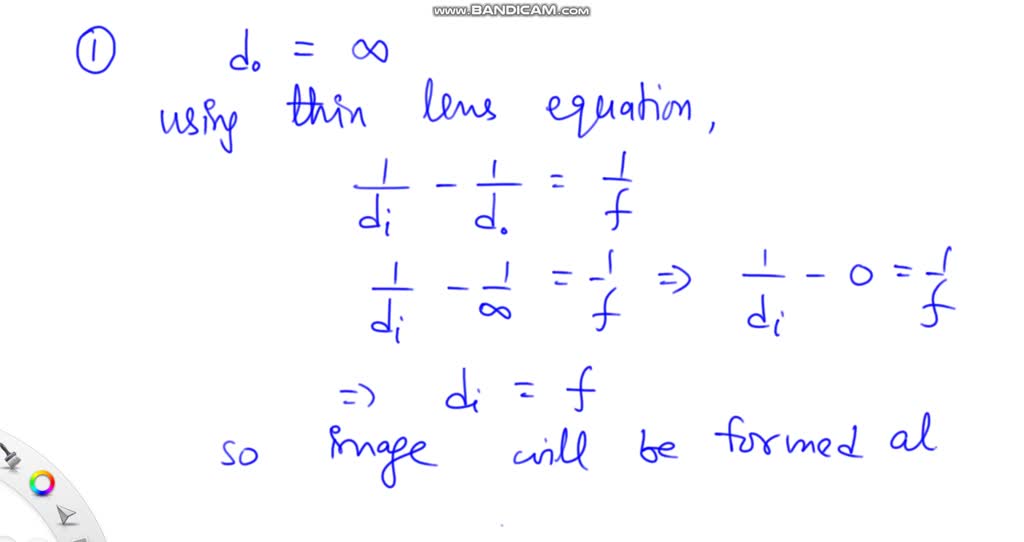The Virbhadra-Ellis lens equation in astronomy and mathematics relates to the angular positions of an unlensed source , the image , the Einstein bending angle of light , and the angular diameter lens-source and observer-source distances.
- .
This approximate lens equation is useful for studying the gravitational lens in strong and weak gravitational fields when the angular source position is small.
References




